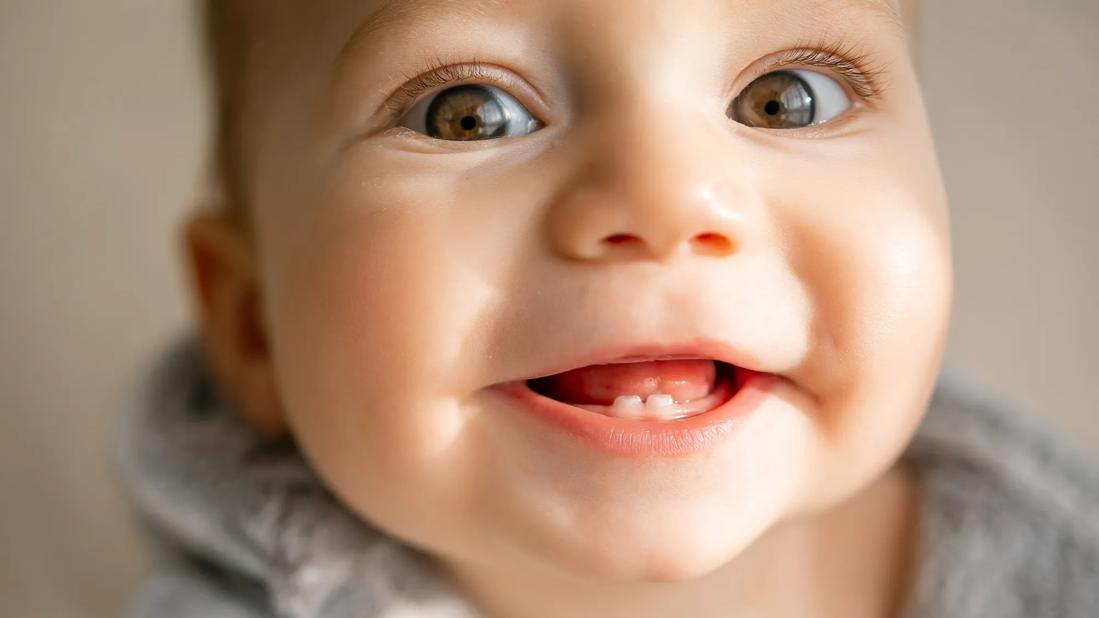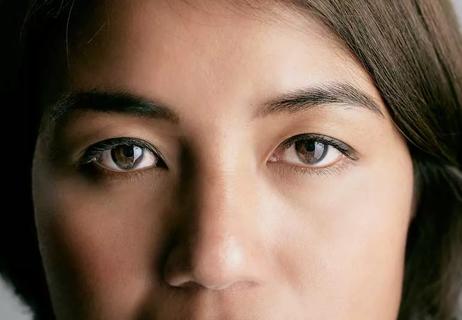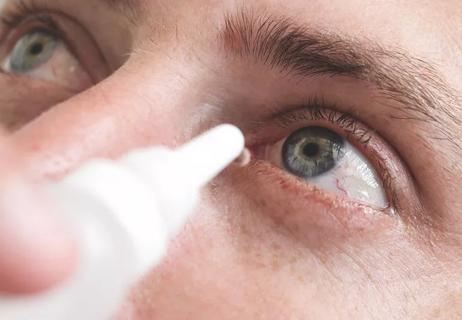Once your baby’s eyes are exposed to more light, they may start to deepen in hue or change color altogether, usually between 3 and 9 months

You can’t wait for that first look at your sweet newborn baby, when you’ll take in everything about them. Just don’t get too accustomed to their eye color … because it might change!
Advertisement
Cleveland Clinic is a non-profit academic medical center. Advertising on our site helps support our mission. We do not endorse non-Cleveland Clinic products or services. Policy
Ophthalmologist Nicole Bajic, MD, explains why and when babies’ eyes change color.
Eye color refers to the color of your irises, a ring of muscle tissue around your pupil (that black spot in the center of your eye) that controls how much light enters your eyes. In the uterus, of course, fetuses don’t get much light exposure. After all, it’s pretty dark in there!
“When they’re born, a baby’s eyes — specifically cells in the iris called melanocytes — are exposed to light,” Dr. Bajic explains, “and that produces pigment, or color.”
As your baby gets older and is exposed to more light, the color of their eyes can start to change, from deepening in hue to changing color altogether.
“Darker colors like brown typically have more melanin, the pigment that determines pigmentation in our skin and eyes and hair,” Dr. Bajic says. “Darker eye colors, like brown, have more melanin, and lighter colors, like blue, have less.”
It’s a myth that all babies are born with blue eyes. In fact, one study found that just over 20% of babies studied were born with blue eyes, while a whopping 63% of them were born with brown eyes.
Plus, being born with blue eyes doesn’t guarantee growing up with blue eyes.
“Many babies have lighter, blue-gray eyes due to less pigment in their irises,” Dr. Bajic notes, “but as they get older, many will change color.”
Advertisement
Desperate to know what color your child’s eyes will be? While you may not be able to determine it from birth, genetics can clue you into what’s likely.
“The basis for eye color is determined genetically, meaning you get it from your biological parents,” Dr. Bajic explains. “If both parents have blue eyes, there’s a 99% chance the baby will, too. It’s less likely that two brown-eyed parents will have a blue-eyed baby, but it’s possible, especially if they have grandparents with blue eyes.”
There are, of course, other eye color possibilities, too, including green, gray, amber and a brown/green mix known as hazel. Some people even have two different-colored eyes, a condition called heterochromia (which may be present at or soon after birth).
“Eye color starts to change as kids get older, between 3 to 9 months — often around 6 months,” Dr. Bajic shares. “But it can take up to three years until their final eye color is determined.”
Beyond that, any sudden change in eye color in children or adults can be a sign of a medical concern that should be raised ASAP with an ophthalmologist.
Only time will tell what color your child’s eyes will be, so you’ll have to be patient. But time flies when you’re raising a little one, and they’ll be a toddler before you know it — so just enjoy the wait!
Advertisement
Learn more about our editorial process.
Advertisement

Many factors, like eyelid irritation, cosmetic lash procedures and underlying health conditions, can affect your eyelashes

A diet built around fruits, vegetables and healthy fats is a clear 20/20 benefit for your vision

It takes millions of moving parts within the eye to make the power of vision possible

Cosmetic procedures such as iris implants and corneal tattooing bring a risk of vision loss

If your eyes suddenly take on a different color, it could be a sign of a medical concern

Act quickly when a chemical or object gets in your eye

This glaucoma drug can also thicken lashes, just note side effects

Be sure to protect your eyes from UV light and hazardous materials

Start having sex about 72 hours before ovulation, then at least every other day during your fertile window

Attachment theory suggests that your earliest relationships shape connections throughout your life

It isn’t a recognized mental health disorder, but research shows that problematic social media use can negatively affect your mental health, self-esteem and sleep